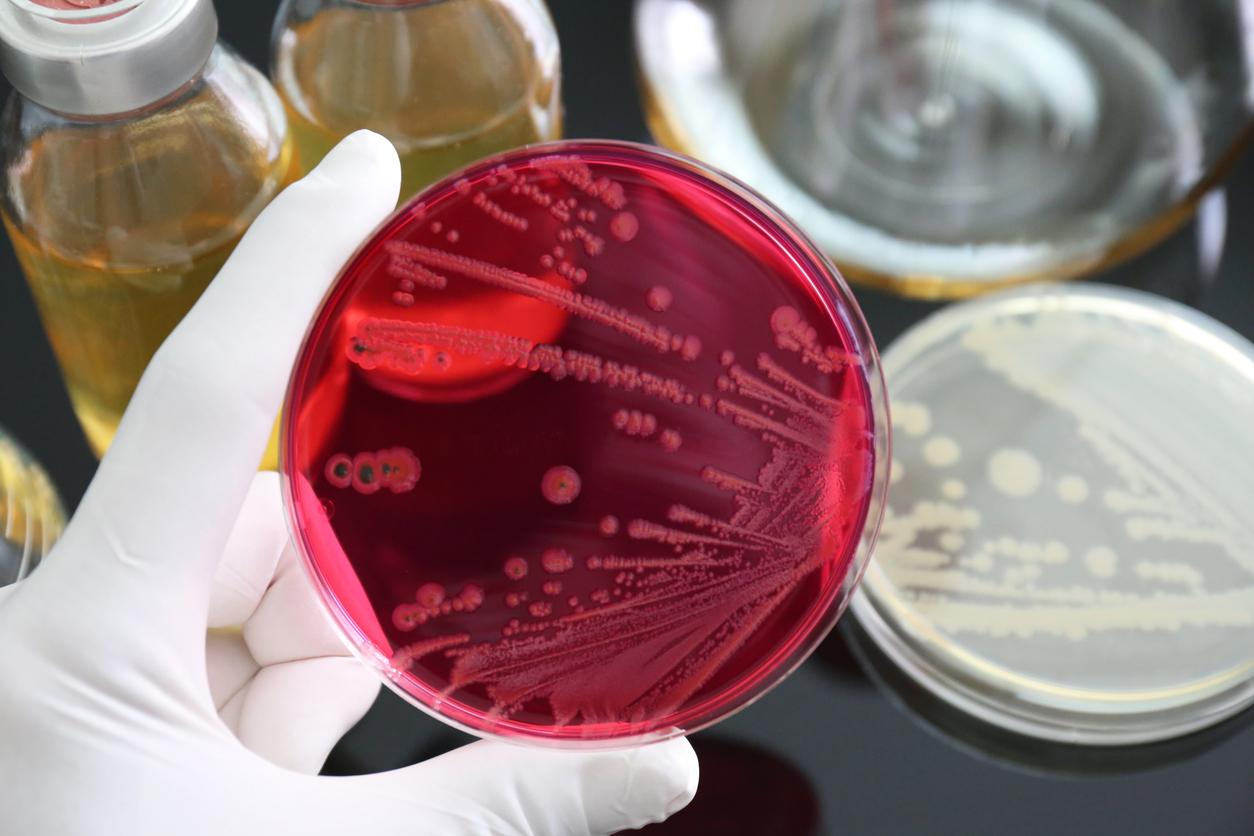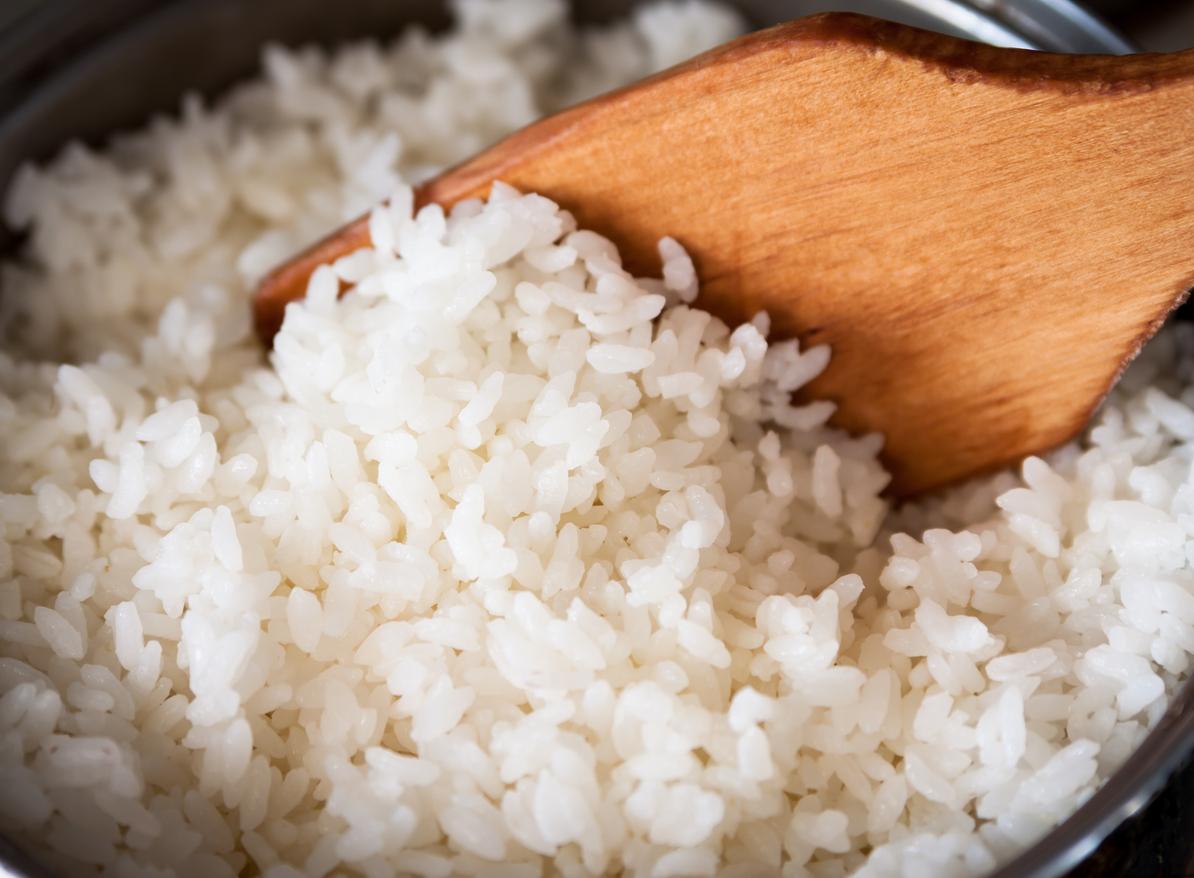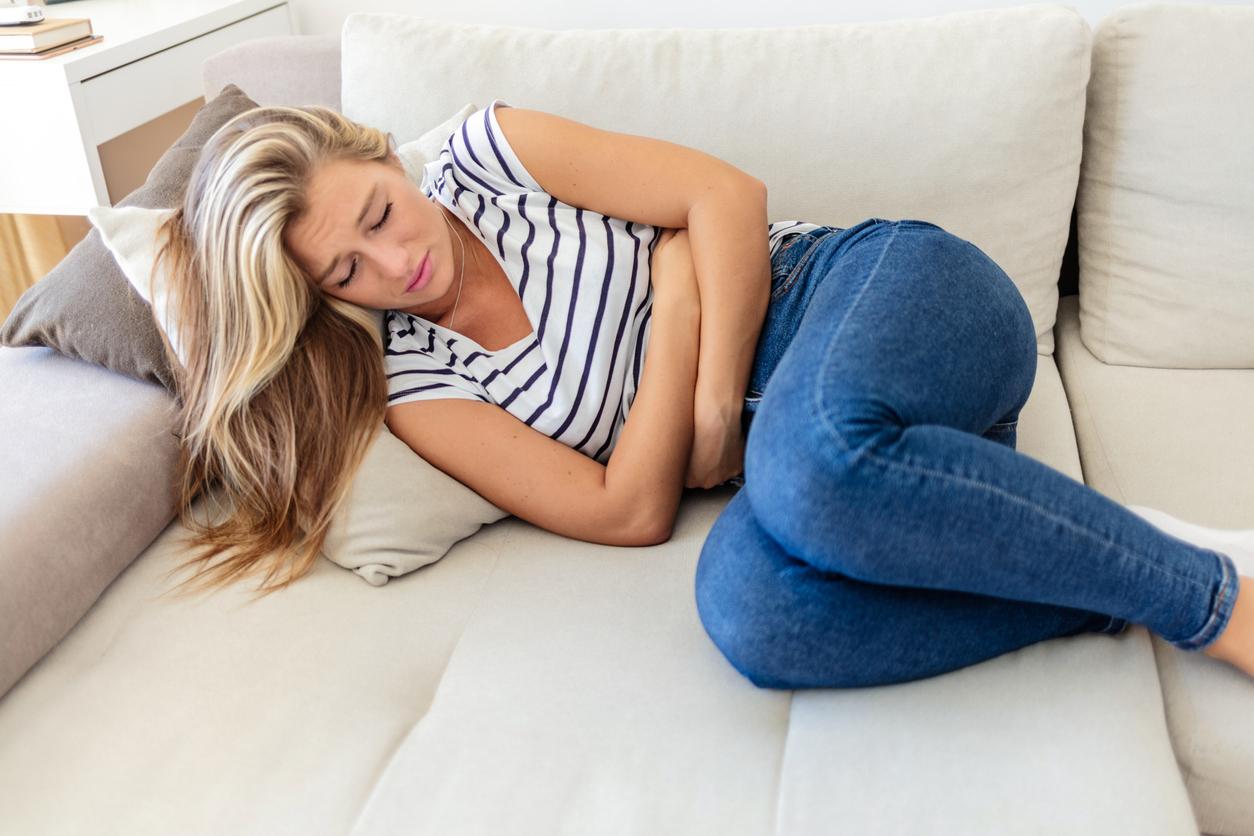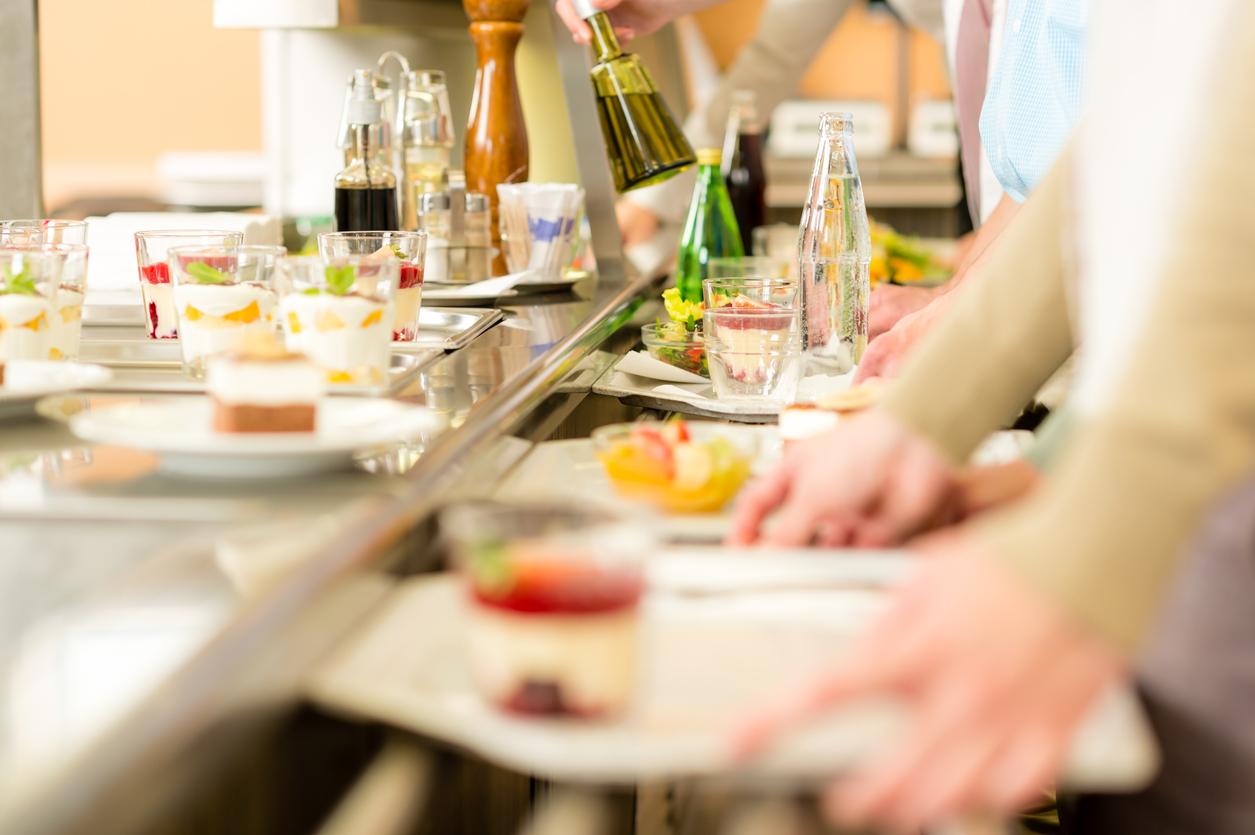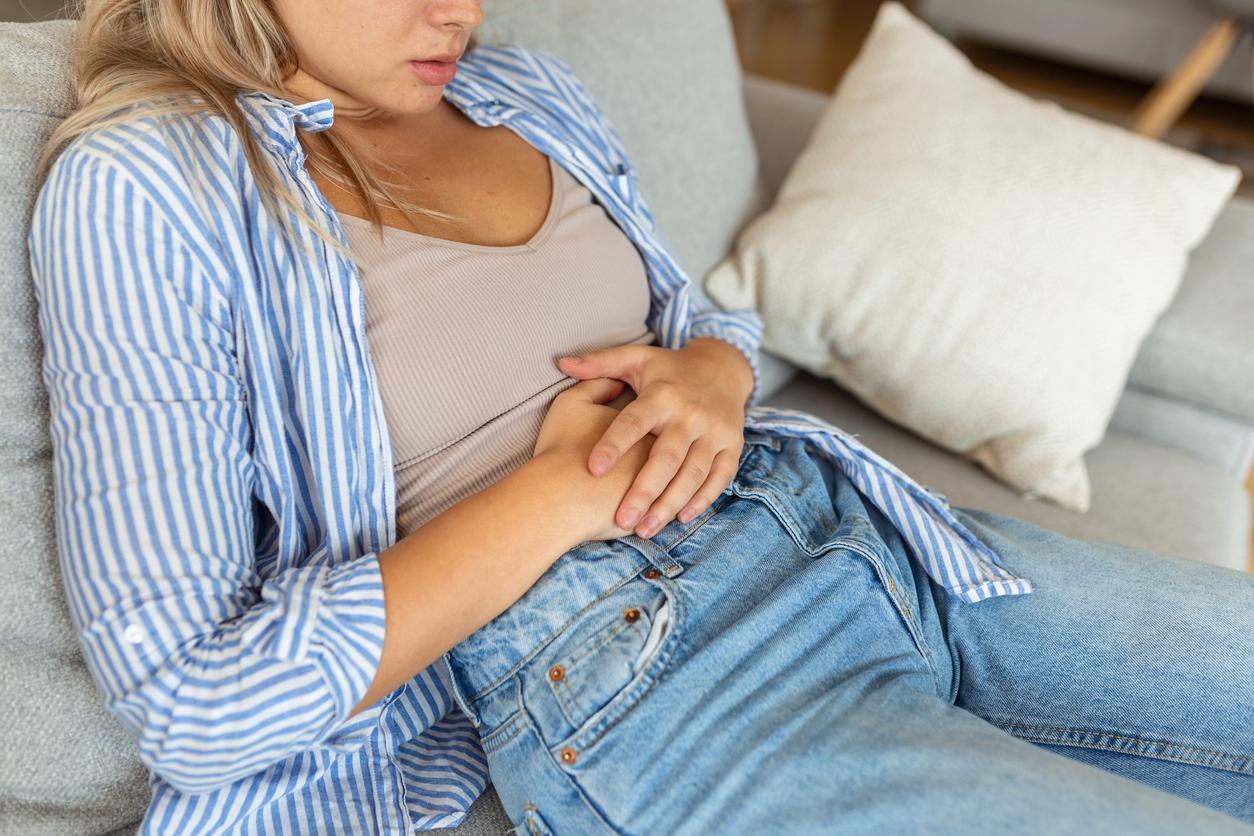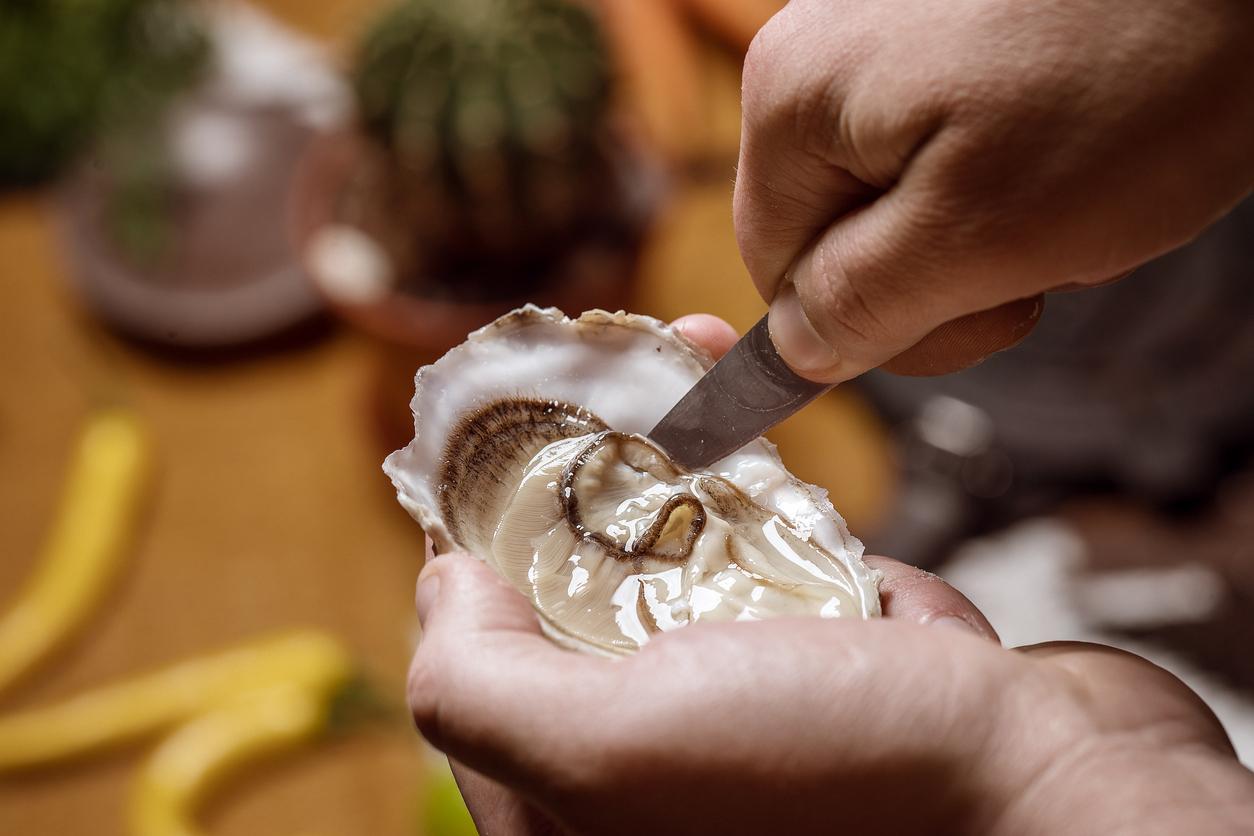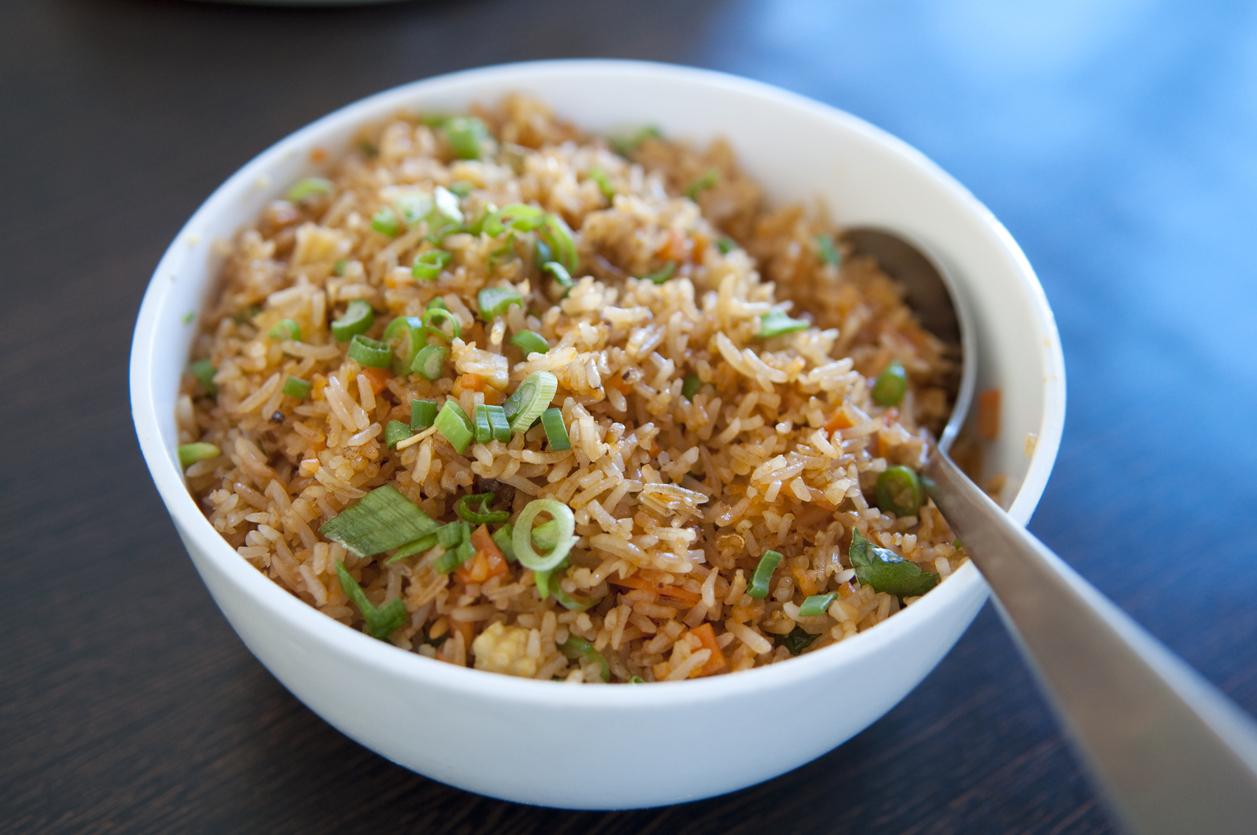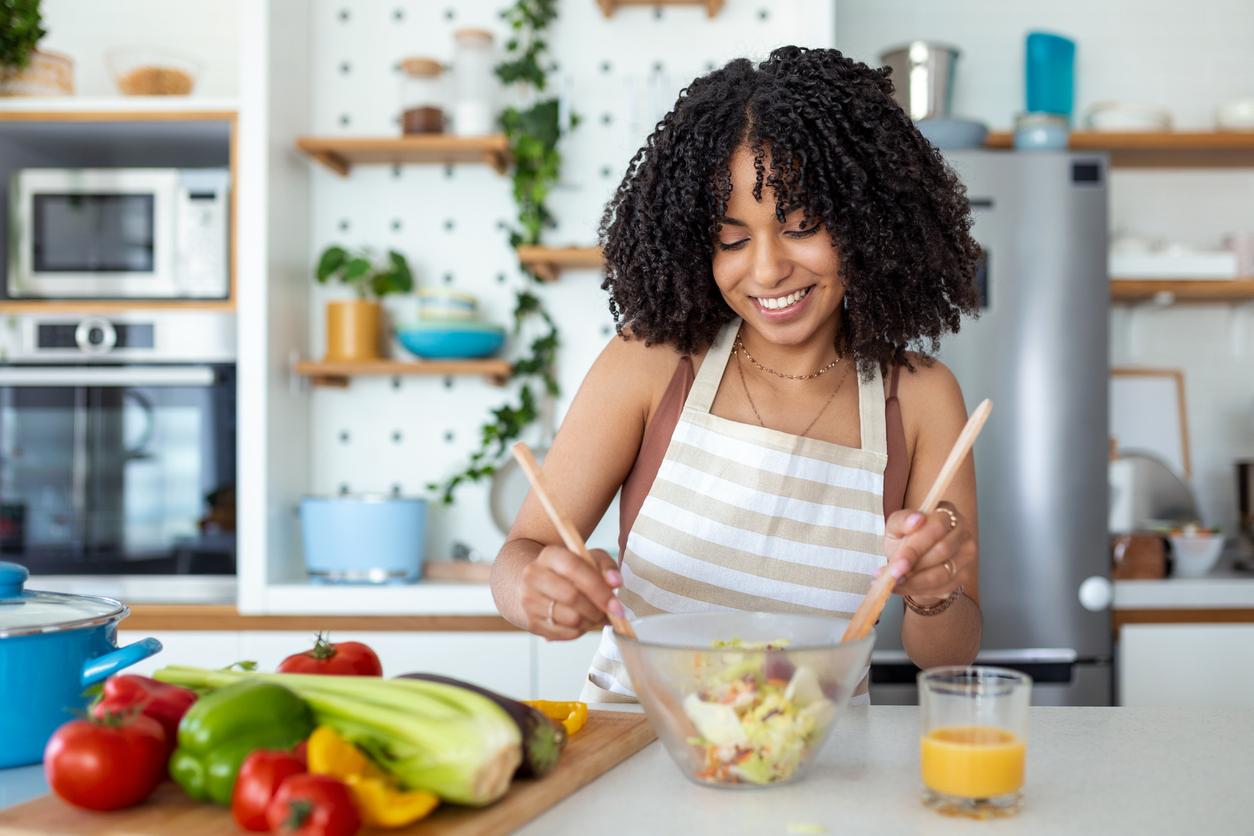In this summer period conducive to picnics, here are the recommendations to follow to reduce the risks of food poisoning.

- Food poisoning occurs when you eat one or more foods that are contaminated with bacteria such as E. coli, salmonella, or Listeria.
- Heat promotes the proliferation of these bacteria responsible for food poisoning.
- American pediatricians have shared several tips to prevent picnics from becoming a breeding ground for these bacteria.
Whether in a park in search of freshness, at the beach for a change of scenery or on the road to your vacation to save money and time… summer is a great time for picnics… but be careful, the heat also encourages the proliferation of bacteria (Salmonella, E. coli, etc.) responsible for food poisoning.
The American Academy of Pediatrics (AAP) has issued a reminder of the best practices to take when eating outdoors to avoid food poisoning during the summer.
Picnic: pay attention to preparation and cleanliness
Food poisoning occurs when you eat one or more foods that carry bacteria such as E. coli, salmonella, or Listeria. “It can happen anywhere from food harvesting and processing to our own kitchens if food is not handled or cooked properly.”recall the AAP experts on their site.
So, it is necessary to take precautions right from the preparation of the picnic while you are still at home. The watchword is cleanliness.Wash your hands before cooking and clean all surfaces where food will be prepared and served (at home and when you are out and about)“, specifies the organization. Coolers, containers, picnic utensils must be cleaned before use. In addition, do not forget to wash plates and utensils that have contained or touched raw food with soapy water before reusing them during the meal.
It is also best to rinse and dry fruits and vegetables that are eaten raw thoroughly before leaving the home.
If barbecues are allowed at the location where you are picnicking, clean the grill with a ball of aluminum foil or a nylon brush.Try to avoid wire grill brushes, which pose an injury risk when stray wire brush strands stick to food and are swallowed.”warns the AAP.

Food Poisoning and Picnicking: Keep the Cooler in the Shade
To avoid contamination or “heat shock” to sensitive foods during the picnic, the organization recommends using separate coolers depending on the temperature and type of food or drink. For example, raw products should not be placed with cooked and ready-to-eat food. “This involves separating foods that are eaten raw (such as vegetables and fruits) from meat, poultry and seafood that need to be cooked.”
Other tips from American pediatricians: “Drinks should also be sorted into separate coolers (and keep alcohol in an “adult” cooler so kids don’t accidentally get the wrong drink).” If you plan to prepare certain dishes on site, keep cooking utensils well away from dishes used for service and the meal.
At the picnic site, be sure to place coolers in a shaded area and keep them closed. This will prevent food from being exposed to temperature changes. “Until they are served, cold foods should be kept below 4 degrees,” experts remind us.
Precautions should also be taken once the meal is finished. To reduce the risk of bacteria proliferation, leftovers should be quickly put back in the coolers. “Hot and cold foods should not be left out for more than 2 hours or 1 hour if the outside temperature is above 32 degrees”specifies the AAP. If this rule has not been respected, it is advisable to throw away the food.









